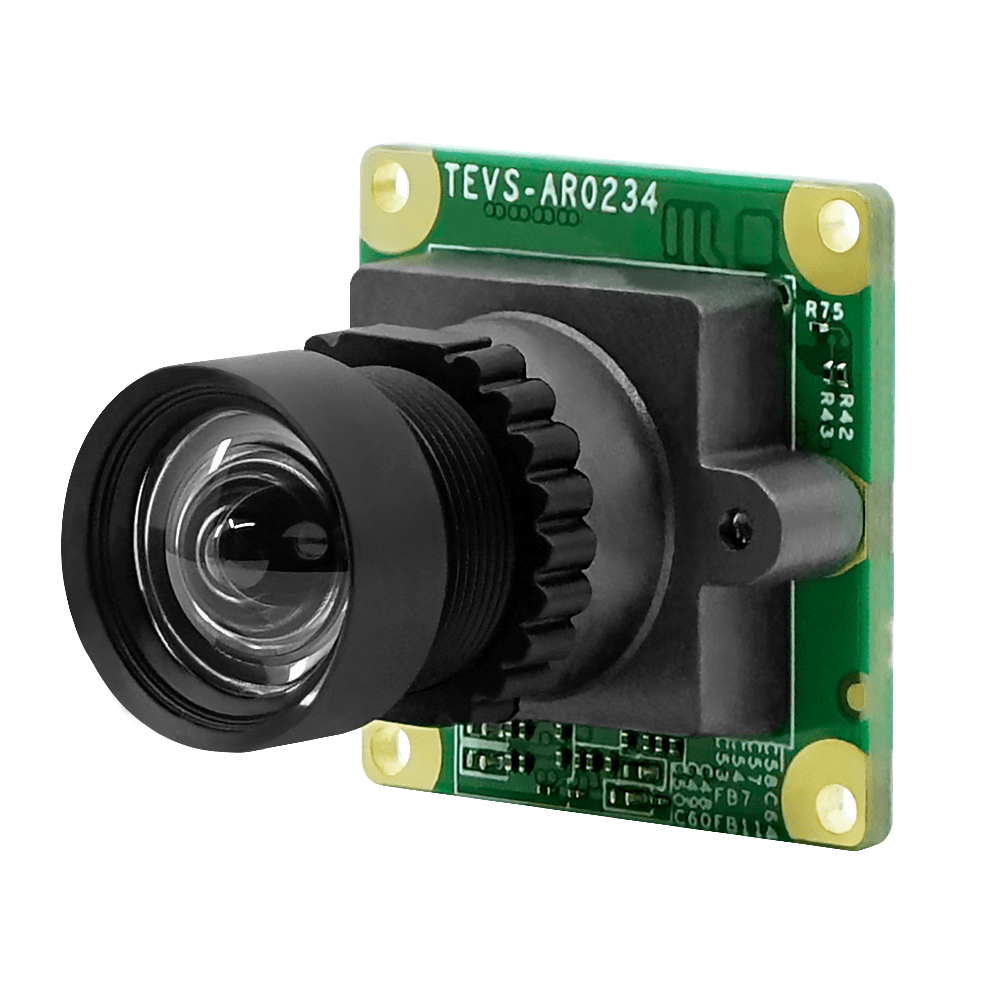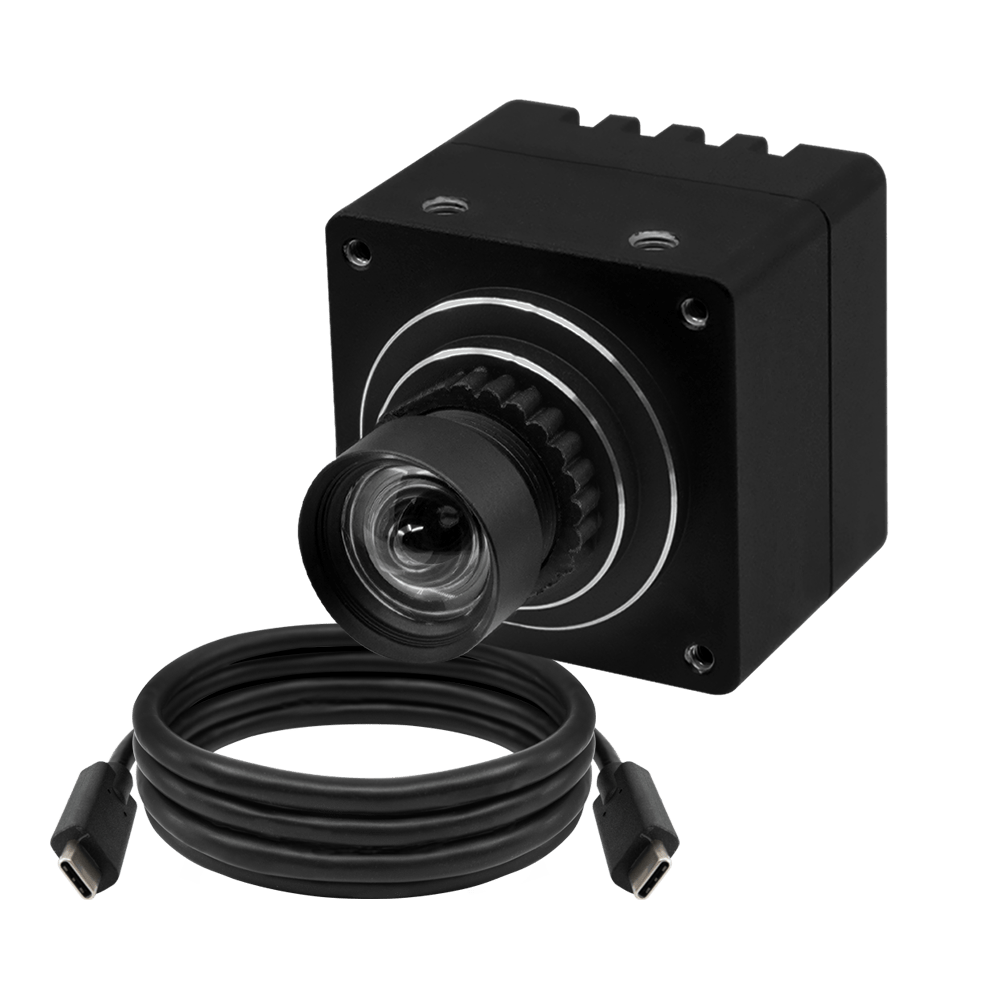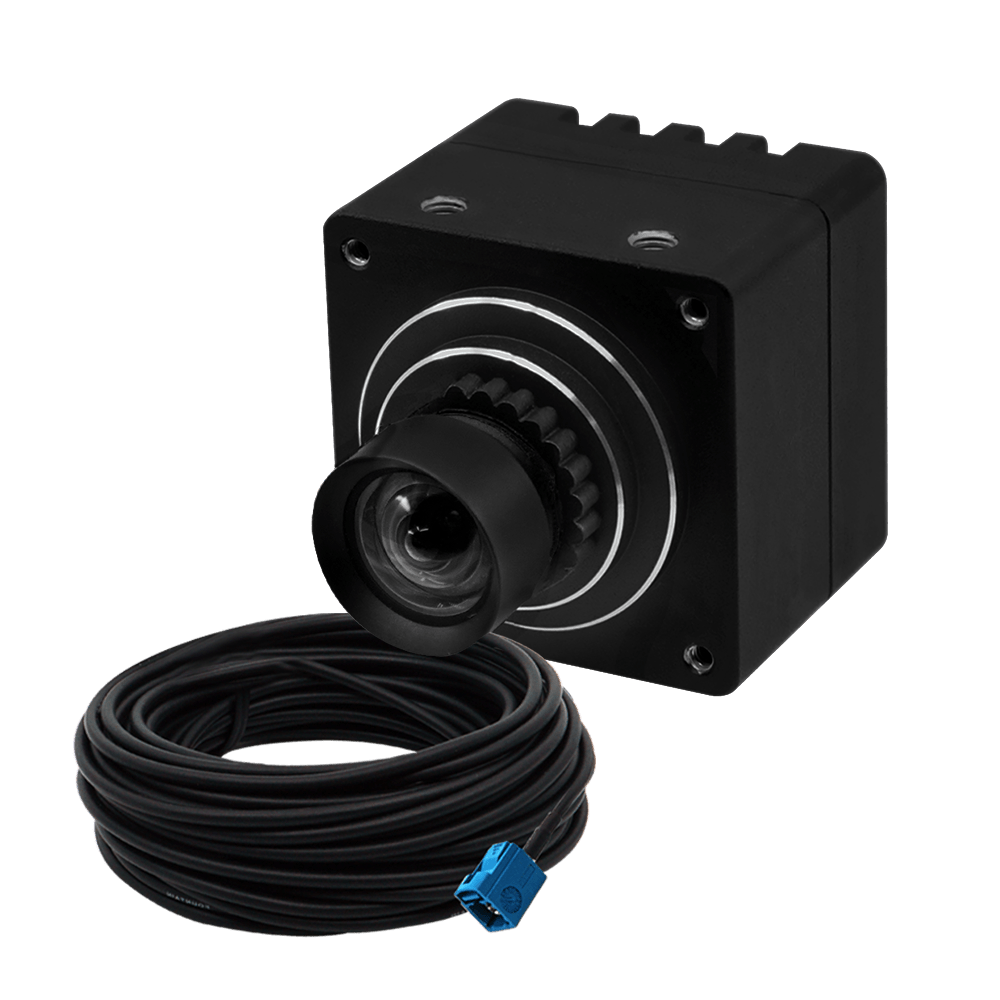Picture a scenario where your dermatologist finds a peculiar mole on your skin using a digital dermatoscope. Despite your doctor’s expertise, the device’s images appear fuzzy and indistinct, leaving room for doubt in the diagnosis process. This, in turn, can lead to wrongful treatment, resulting in health complications, and, in the most severe cases, death.
Now, picture an alternative scenario wherein your dermatologist employs a digital dermatoscope equipped with the latest embedded camera technology. With clarity akin to viewing through a microscope, every intricate detail of the mole is vividly captured. This time, your dermatologist’s diagnosis is swift and confident, guiding you towards timely, and most importantly, correct treatment.
This illustrates how the right embedded cameras can profoundly enhance the accuracy of digital dermatoscopes, transforming patient care and diagnostic outcomes. This blog post explores the relevance of digital dermatoscopes, the role of cameras in them, and the key factors to consider while choosing a camera for these devices.
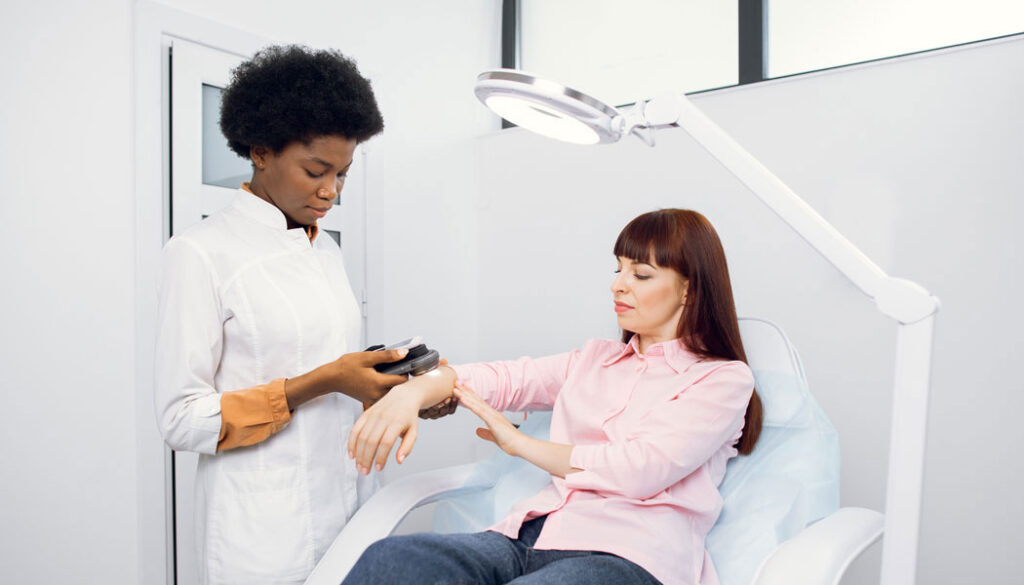
What is a Digital Dermatoscope?
A digital dermatoscope is a specialized medical device used by dermatologists and healthcare professionals for the examination and analysis of skin lesions, moles, and other dermatological conditions.
It consists of a handheld device equipped with a magnifying lens and a light source – often utilizing polarized light to reduce surface glare and enhance visualization.
Functionally, digital dermatoscopes serve several critical purposes in dermatology practice. Firstly, they provide high-resolution imaging of skin lesions. This allows for a detailed examination of their morphology, color, and structural characteristics. This imaging capability aids in the early detection of melanoma and other skin cancers, as well as the differentiation between benign and malignant lesions.
Moreover, digital dermatoscopes enable dermatologists to monitor changes in existing lesions over time, facilitating the assessment of disease progression and treatment efficacy. These devices also support documentation and longitudinal tracking of patients’ dermatological conditions by capturing and storing images of lesions.
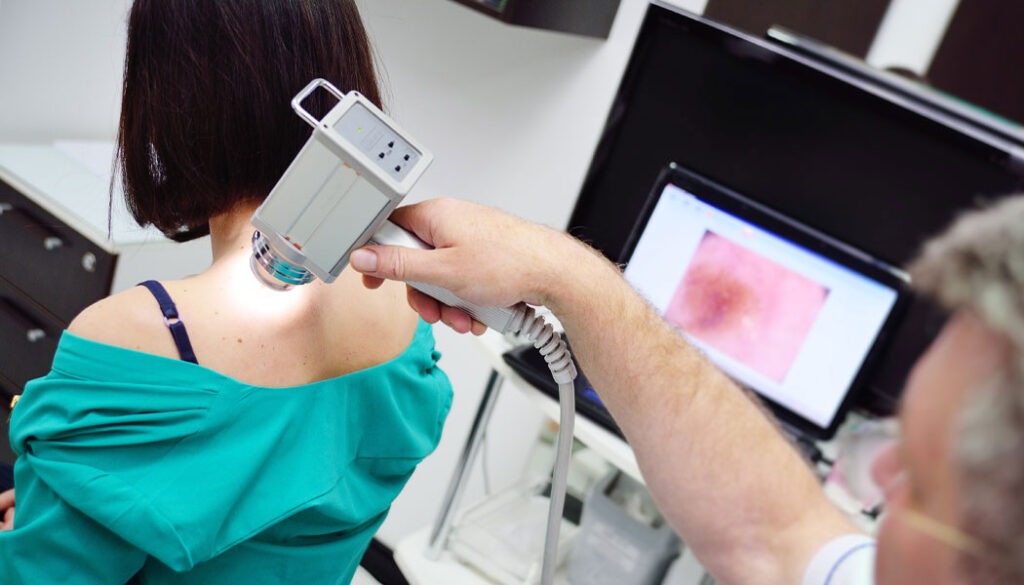
Key Requirements for Digital Dermatoscopes
Key requirements for digital dermatoscopes include:
- High-quality imaging capabilities,
- Ergonomic design for ease of use during examinations,
- Compatibility with digital image capture and storage systems, and
- Integration with dermatology software for image analysis and documentation.
In addition, features such as adjustable magnification levels, customizable lighting settings, and compatibility with smartphone or computer interfaces enhance the versatility and functionality of digital dermatoscopes.
The Role of Cameras in Digital Dermatoscopes
Cameras play a pivotal role in digital dermatoscopes – serving as the primary means of capturing high-quality images of skin lesions and abnormalities. The importance of producing high-quality images cannot be overstated, as these images serve as the foundation for accurate diagnosis, monitoring, and documentation in dermatology practice.
High-quality images captured by digital dermatoscopes enable dermatologists to visualize subtle features and nuances of skin lesions with clarity and precision. This level of detail is crucial for distinguishing between benign and malignant lesions, identifying specific characteristics associated with different dermatological conditions, and assessing changes in lesions over time.
Imaging Modalities of Digital Dermatoscopes
Digital dermatoscopes utilize various imaging modalities, including contact and non-contact imaging techniques, each offering unique advantages depending on the clinical scenario.
Contact Imaging
Contact imaging involves placing the dermatoscope directly on the skin surface. This can help enhance image sharpness and reduce motion artifacts. This approach is particularly useful for examining small lesions or areas with uneven surfaces.
Non-contact Imaging
On the other hand, non-contact imaging allows for imaging of larger areas of the skin without direct contact. This minimizes patient discomfort and reduces the risk of cross-contamination between patients. Non-contact imaging is often preferred for capturing overview images of the skin or assessing lesions in sensitive or difficult-to-access areas.
Regardless of the imaging technique used, the ultimate goal remains consistent – to produce clear, detailed images that facilitate accurate diagnosis and clinical decision-making.
Key Factors to Consider While Choosing a Camera for Digital Dermatoscopes
Choosing a camera for digital dermatoscopes requires careful consideration of several factors to ensure optimal imaging performance and diagnostic accuracy. These include:
Form Factor
When selecting a camera for digital dermatoscopes, the form factor is essential. Due to the compact nature of dermatoscope devices, it’s crucial to choose a camera that seamlessly integrates into the device without adding bulk or compromising usability. A small form factor camera ensures ergonomic design, facilitating comfortable handling during examinations while maintaining the portability of the device. For instance, TechNexion’s cameras come with a form factor as low as 29.5(W) x 29.5(H), which makes them suitable for digital dermatoscopes.
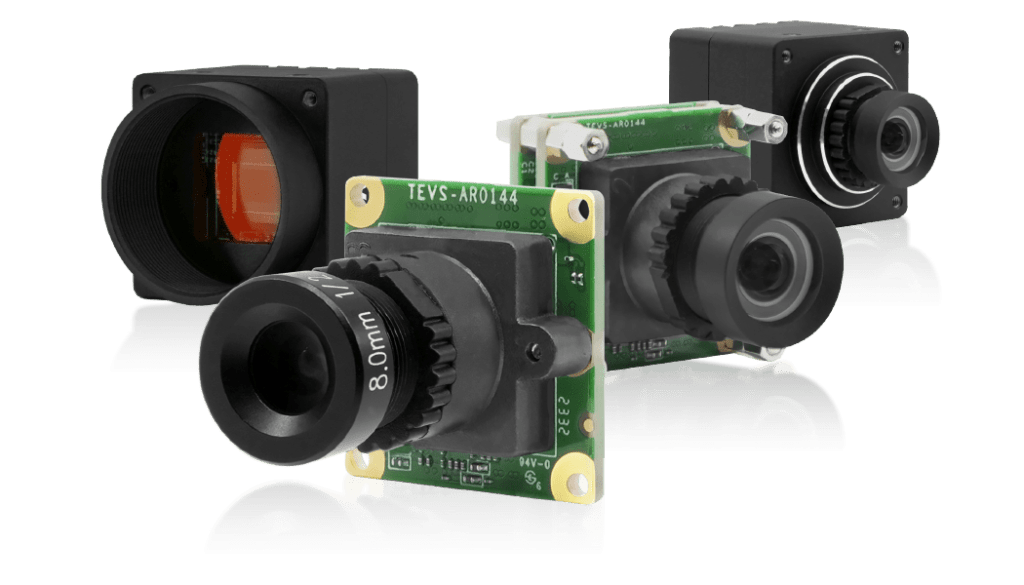
Compact Embedded Vision Cameras by TechNexion
Resolution
Resolution is critical in embedded vision cameras for digital dermatoscopes to capture detailed images of skin lesions for accurate diagnosis. A higher resolution ensures finer details are preserved, aiding dermatologists in identifying subtle features crucial for diagnosis and treatment planning. While a minimum resolution of 5MP is recommended, opting for cameras with 8MP or higher enhances imaging quality further. But remember a high-megapixel camera doesn’t necessarily guarantee superior image quality. Factors like sensor size, lens quality, and image processing also play significant roles.
Frame Rate
Frame rate is a crucial consideration in digital dermatoscopes cameras, although it can be compromised to some extent due to the static nature of the target object—skin during examinations. Limiting the frame rate helps achieve higher resolution at a given bandwidth. This can lead to improved image quality. That being said, balancing frame rate with resolution requirements and available bandwidth is essential to optimize imaging performance in digital dermatoscopes for accurate diagnosis and clinical decision-making.
Further reading: What is a High Frame Rate Camera? What are the Factors Affecting Frame Rate?
Interface
The interface of the embedded camera is crucial for seamless connectivity with the host system. Common interfaces include USB and MIPI, each offering unique advantages based on the specific requirements of the device. USB interfaces provide wide compatibility and ease of connectivity to various devices, facilitating straightforward integration into existing systems. On the other hand, MIPI interfaces are favored for their high-speed data transfer capabilities, making them suitable for mobile and embedded systems. Long-distance interfaces like FPD-Link are also in use in embedded vision systems.
Digital Zoom
The digital zoom capability of cameras is essential in digital dermatoscopes for magnifying images of skin lesions during examinations. A digital zoom of at least 4X is recommended to enable close-up views without compromising image quality. Unlike optical zoom, which may not be feasible due to size constraints, digital zoom enhances versatility without making the device bulky. However, it is recommended to evaluate both options on a case-to-case basis.
Further reading: Optical Zoom vs. Digital Zoom in Embedded Vision Cameras
Image Signal Processor (ISP)
The Image Signal Processor (ISP) is a critical component in digital dermatoscopes, responsible for enhancing image quality and color reproduction. A well-tuned ISP ensures superior color accuracy and clarity in captured images. Parameters such as brightness, contrast, and saturation can be optimized which helps enhance the overall visual fidelity of dermatoscope images. This results in more accurate and detailed representations of skin abnormalities.
Durability and Reliability
Given the demanding nature of medical environments, it’s essential to choose a camera that is durable and reliable. The camera should be able to withstand repeated use and potential exposure to disinfectants or other cleaning agents without compromising performance or image quality. Additionally, reliable performance ensures consistent and accurate imaging results, contributing to the overall effectiveness of the digital dermatoscope in clinical practice.
Sensitivity
While healthcare facilities are often well-lit, dermatologists may need to conduct examinations in areas with subdued lighting or during procedures where direct illumination is limited. In such instances, a camera with high sensitivity becomes indispensable, enabling clear and detailed imaging even in low-light environments. A balance between resolution (a high-resolution sensor mostly comes with a small pixel size) and large pixel size needs to be struck since sensitivity tends to increase with the increase in pixel size.
TechNexion – Embedded Cameras for New-age Medical Devices
TechNexion leads the charge in providing cutting-edge embedded camera solutions tailored for modern medical devices, including digital dermatoscopes. These cameras possess impressive features such as high resolution, with options reaching up to 13MP, enabling detailed imaging crucial for accurate diagnosis. Equipped with zoom capabilities, they empower dermatologists to examine lesions with precision.
Furthermore, TechNexion cameras are integrated with high-quality Image Signal Processors (ISP) to ensure superior color accuracy and clarity in captured images. Their compact design further enhances their suitability for medical applications, allowing seamless integration into digital dermatoscopes and other medical devices.
With TechNexion’s advanced camera technology, healthcare professionals can rely on precise imaging for enhanced diagnostic capabilities in dermatology and beyond. Get in touch with us to explore how TechNexion’s embedded cameras can elevate the performance of your digital dermatoscopes and revolutionize patient care.
Related Products
Get a Quote
Fill out the details below and one of our representatives will contact you shortly.

